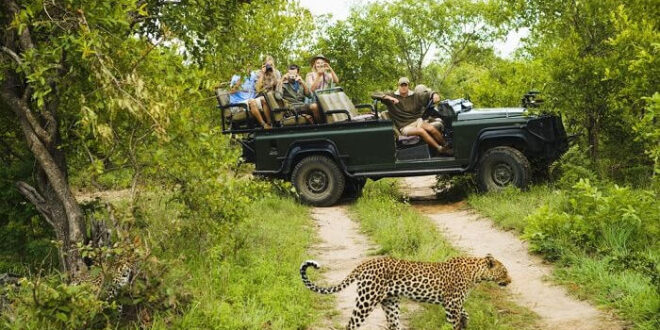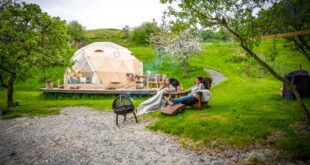A safari in Africa is a way to spot majestic lions on the Kalahari dunes, relaxing watching elephants swim in the midday sun, or packing wild dogs as they run at high speed and chase prey. These are some of the wildlife that safari travelers can encounter in Africa.
Safari travel depends most on the travelers themselves: what do you want to see, how do you like to travel and what kind of experience do you want? In the meantime, we hope that the ideas below will inspire you to embark on a trip on a safari in Africa that is different from any other trip in your life. In this article, we will help you where, what, how and when to organize and what animals to see.
Don’t carry too many things
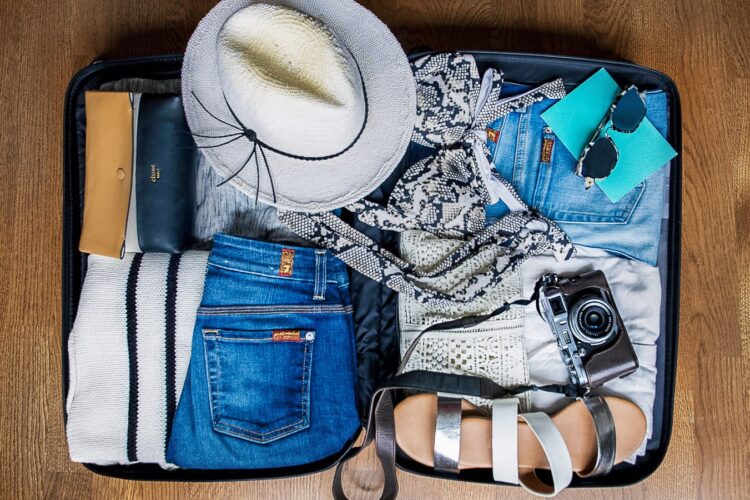
Going wild in Africa involves transfers to small local planes, for which baggage restrictions are in place. In Kenya, the limit is often 15 kg, which includes your suitcase and carry-on luggage. For these kinds of trips, a soft, durable canvas bag is ideal, which can easily fit into the trunk of a small plane but can also be carried in open safari vehicles. Remember that most campsites offer a free laundry service (check before you travel), which means you can carry the same things multiple times. Another note: plastic bags are strictly prohibited in many countries. If they find you have them in your luggage, you in the risk of being fined.
Safari clothing is not fashion
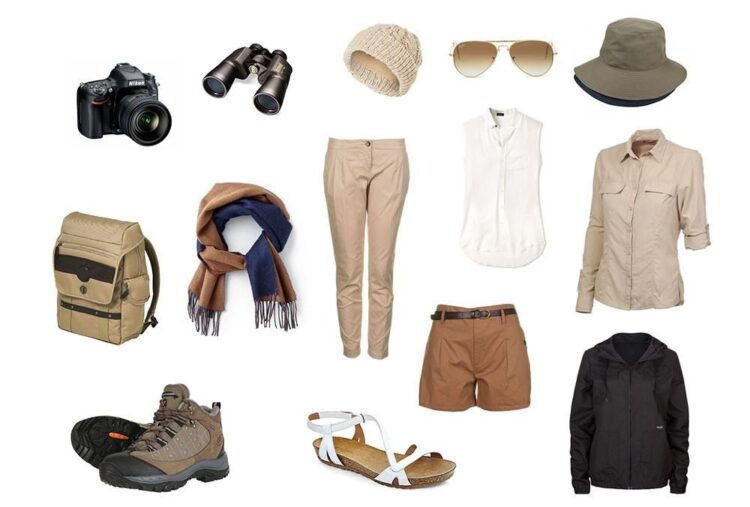
A combination of cream and brown is not something you can often find on catwalks. When on a safari, you should stick to those colors. First, you want to see as many animals as possible. Colors like white and red can upset certain animals, which will keep them away from you (tip: Avoid camouflage wardrobe too, because unless you are a military person, this style of dressing is forbidden). Secondly, such tones will save you.
The large Maasai Mara Nature Reserve, southwestern Kenya, has flies attracted by blue and black, and they will bite you if your skin is not covered or you are wearing the wrong colors. Be sure to wear wider long-sleeved shirts, long-leg pants, a hat and sunglasses that will protect you from the strong African sun. If you’re planning a safari walk, bring some good hiking shoes too – slippers or regular canvas sneakers won’t protect you from bumpy terrain, acacia bushes or any snakes.
Lower the camera and turn on all the senses
We all want that fantastic shot of a lion roar over his catch. But, leave the cameras on for a while and engaging all five senses is much more valuable. When you do this, you will be more present and better perceive things in the unspoiled wilderness. Listen to the various sounds, smell, and observe the behavior of those animals, because you will miss it all if you just stay behind the lens.
Your guide is your point of contact with the local culture
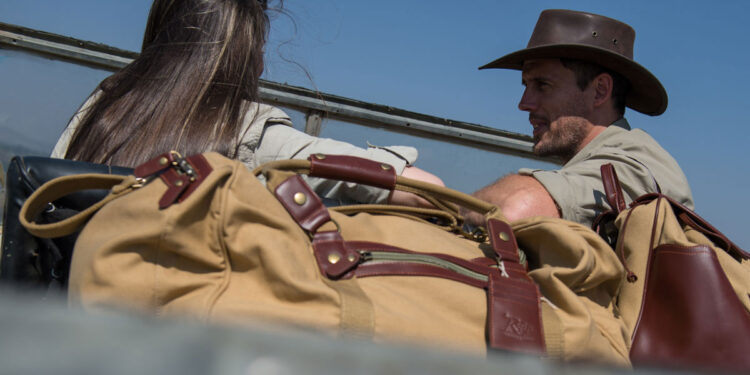
There are 42 different communities in Kenya alone and your guide probably belongs to one of them. This person can help you understand the local culture and tradition, it can explain how and in what way their culture differs from the rest. Keep in mind that you will get as much as you give. Don’t be afraid to ask questions. You will find that most locals will share their stories with you. If you want to know more about how to arrange a safari and who your guides will be, you can do it here.
You should see as many animals as possible, but these are 5 that we recommend you should not miss…
Gorillas

Gorillas are actually an attractive option all year long since their habitat has been reduced so significantly that they couldn’t go far even if they wanted to.
However, tracking gorillas is difficult even when the conditions are best and that is during the rainy season. Steep slopes and mud can make driving almost impossible. Very heavy rain also makes it difficult to take good photos, and since you only have an hour with gorillas, it would be a shame not to get a good shot or two. The main rainy seasons in Rwanda, Uganda and DRC are March to April and October to November.
Whales
South Africa offers a great opportunity to see whales, especially if you don’t want to be on board but want to see them from the coast.
The best time to see whales is from June to November when the Cape Coast is full of different species. You can also see Humpbacks, Bryde’s whales and Orcas.
Birds
The best time to meet birds in South Africa is between November and March. South Africa, Namibia, Botswana, Angola, Zimbabwe, Zambia and Malawi are great bird-watching destinations and many bird safaris are available.
In East Africa, the best time for bird watching is January – March. Kenya, Tanzania, Uganda and Ethiopia are all popular destinations.
West Africa also offers a huge and exciting variety of birds, the best time to visit Cameroon, The Gambia and other destinations is during the European winter from November to March.
Lion
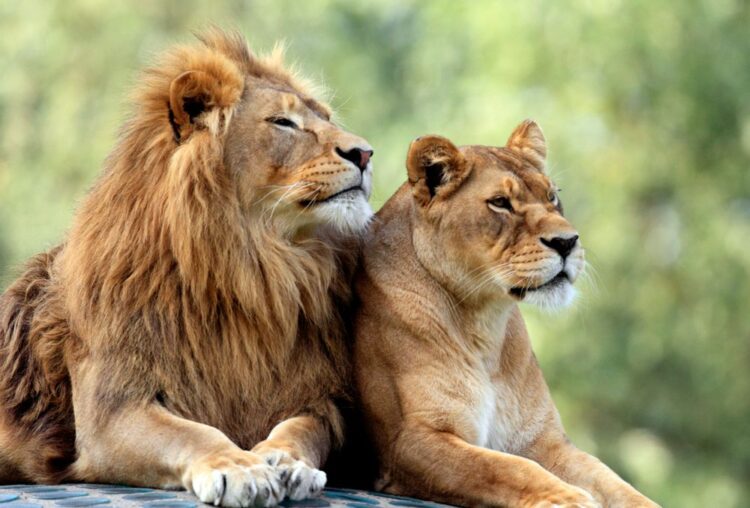
You can’t go on a safari and miss seeing a lion. The jungle king hunts at dawn, and he spends the warm parts of the day resting in the shade.
Because of this lifestyle, it’s not easy to see them. You will need to get up very early to succeed.
Also, their subtle senses will almost always notice you.
Chimpanzees
Chimpanzee safaris can be found in western Tanzania and Uganda. Like gorilla safaris, it happens all year long, but the rainy season makes walking in the woods a little more difficult, and photo opportunities are not as good as in the dry season (July-October and December). However, rain also means that chimpanzees do not have to go too far to find water and are easier to locate (February-June, November-mid-December).
Conclusion:
These are just some of the endless animal species you may encounter on your journey in Africa. Also pay attention to the elephants and giraffes, the largest land animals, then the fastest cheetahs. Don’t miss the rhinos, which are unfortunately on the verge of extinction, so the question is how many more chances will be to see them outside the zoo.
 Hi Boox Popular Magazine 2024
Hi Boox Popular Magazine 2024
